

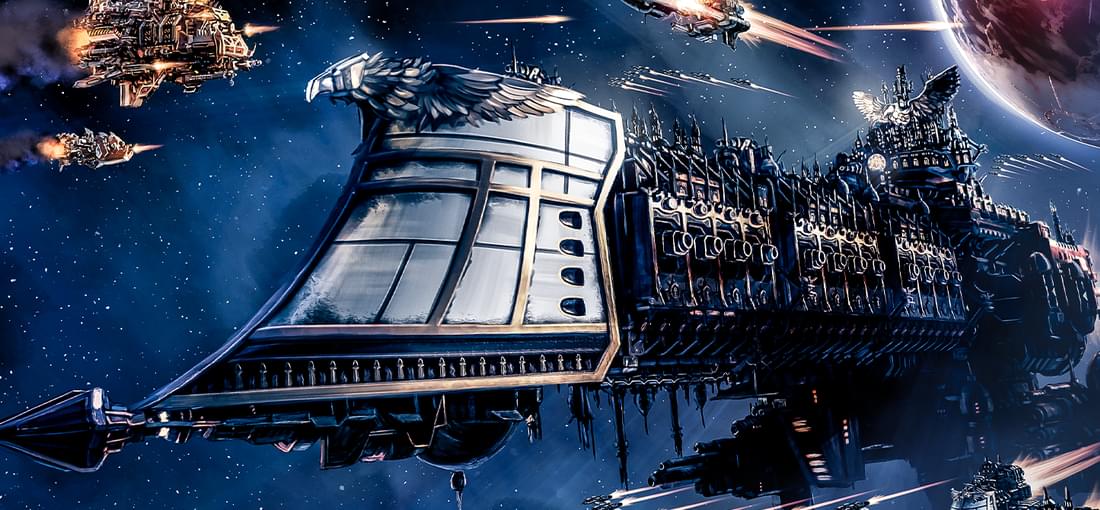
"Impossible to play online. Please check your Privacy and Online Safety settings" No. Please make a game with competent and user-transparent netcode: which has been a publicly-available commodity for 30 years by this point. My "privacy and online safety" consists of an adequately-configured firewall. Your game needs to say which servers it would like to connect to, and on which ports. If it could connect *without* me having explicitly whitelisted those servers and opened and forwarded those ports, then my "Privacy and Online Safety settings" wouldn't be fit for purpose. I think the only reason it is "Impossible" to play online is that the error and overall game documentation don't include the needed information.
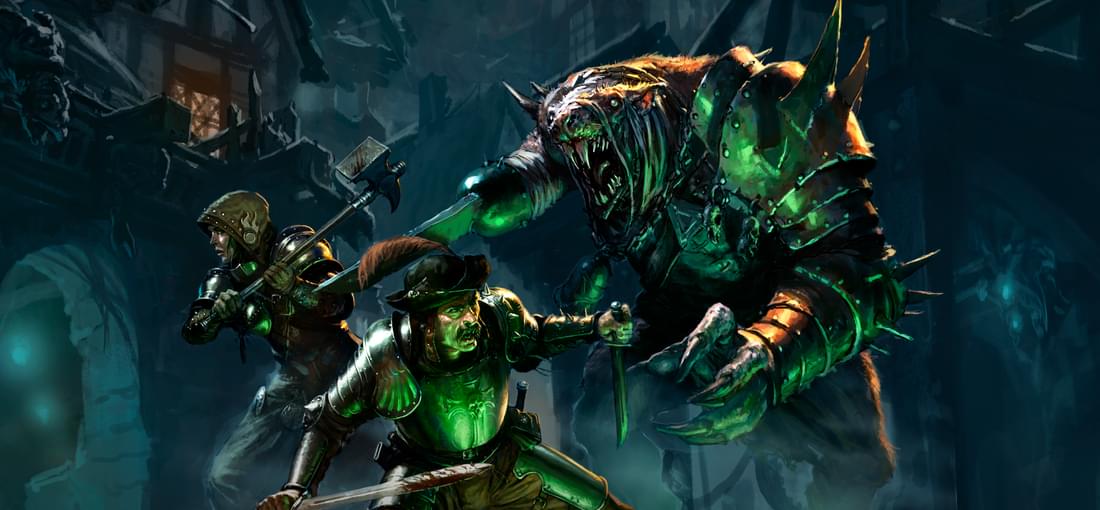
I never played Mordheim but I used to play Necromunda. In a tabletop campaign, I don't mind it being RNG if one of my guys dies - since everyone has the same risk. Against computer teams that are generated for each mission, it becomes a huge imbalance. If I manage to kill the leader of an AI warband, that faction should have a long-term structural disadvantage but they don't. All the jeopardy is on the player. I played as Skaven, and with that faction your troops are quite weak in combat. They need to gang up to be effective, and the randomized deployment with no tactical map or overview means each game a couple of them won't make it back to the group so they will get taken out, so they will get permanent injuries. The looting is also excruciating - it's not a race to find the warpstone, it's a race to regroup followed by a big fight. So you end up also having a resource disadvantage. There didn't seem to be any options for stealth, ranged combat is ridiculously underpowered, and the game penalizes any attempt to climb with damage - and there is an artificial limit on how many troops you can put in a street/corridor/passage - meaning the weak ratmen are forced into a conspicuous race to regroup in an open square, and then have to hope the AI attacks them piecemeal. It strikes me that they've used the UI from a quad-based tactical game (it's very similar to the UI of that 2010s X:Com reboot) but the mechanics are those of a tabletop skirmish wargame. It doesn't work. Even though I got it in a giveaway I actively resent the hour or two I spent watching it load the AI's moronic moves.
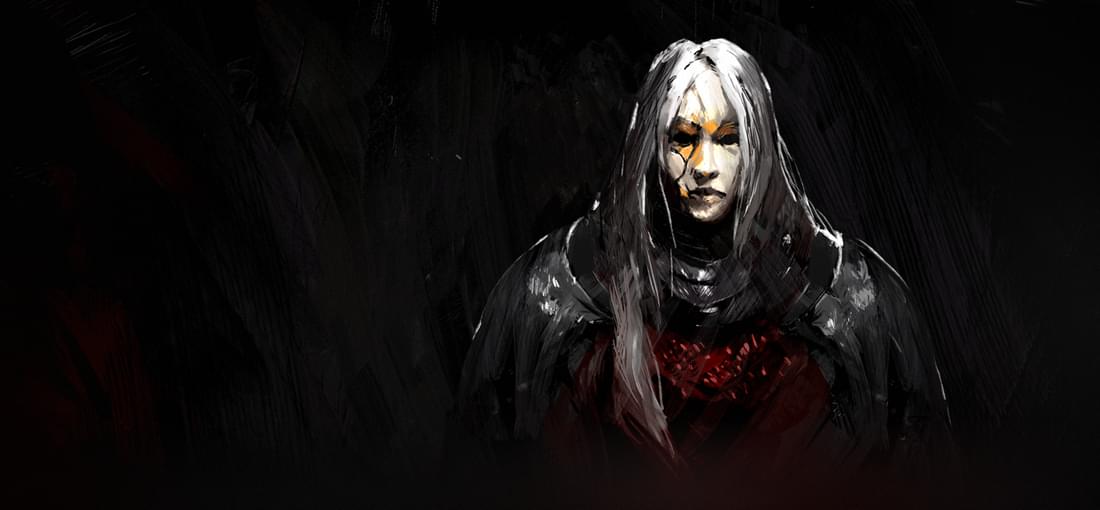
Firstly this game isn't "brutally" difficult: it has some ropy design choices that make the first half hour inordinately difficult until you work out or google which items you need. There is only one moveset and you don't have a "build" so much as occasionally swapping spells or amulets for specific situations. I hope you like 2H sword. Within the moveset, the power-slash and parry are redundant, the ranged attack is slow, and the spells are unresponsive, take too long, and you get too little mana. Nearly all the equipment options are redundant. Most enemies are fought by jumping through their attack animations and slashing them in passing. The auto-map is zoomed out too far and only reveals a whole section at a time - so you can't see where you've explored. There is a lot of backtracking (don't bother with the earrings quest) and although the dozen enemy types seem generous at first, repeatedly clearing them becomes a chore. The bosses are gimmicky:- they bring together too many simultaneous mechanics whilst having to all be beatable with the game's single moveset. And the goth af art design outstays its welcome because all the game's zones/chapters have the same black-as-primary-colour palette. The music cycles too frequently. The dialogue is a bad translation of a teenager's first novel. So it's a bit like the first Legacy of Kain game (1996), but revolving around specifically-female angsts around motherhood and creating life. Every interaction with an NPC is a melodramatic plot-twist. But that isn't to say it's bad. The sword-combat (if you do it in the exact way intended) is fun, and there are often amusing alternative solutions to the fights if you can trick the mobs into a spike-trap or into blowing each other up. I'd say: only buy on sale and if you've finished with Sundered and Salt&Sanctuary and want something similar as a stopgap.
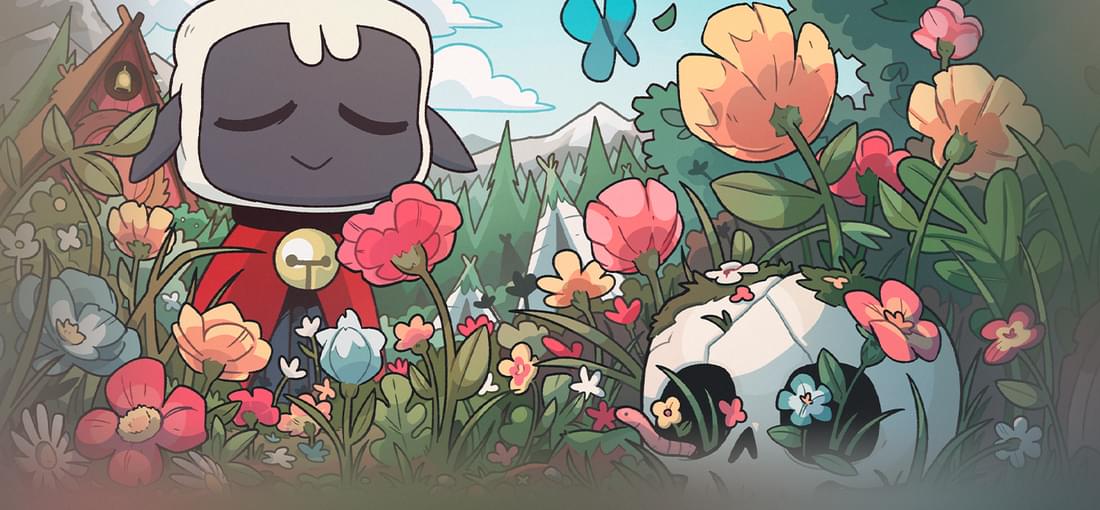
I had the opposite experience from basstitan. On Xubuntu 22.04 with Proton-Experimental the number of followers in the base kills the framerate in both the base and the dungeon. The dungeons are most similar to the Binding of Isaac (which is now 12 years old), but they aren't as good. There are only a handful of possible room layouts, maybe 5, and unlike tBoI the composition of enemies and powerups you find doesn't seem to matter. Close-combat is repetitive, randomly effective (since it depends on timing, without letting you take control of the timing), and loses health too fast. Ranged combat is so fiddly that I never used it after one try. To shoot, you have to hold a button, and aim precisely (with an analog stick), while the enemies carry on moving (albeit slower). The ranged combat is why tBoI is good - and Lamb's decision to make it a bewildering mess makes it far less of a game than tBoI. The base management has a superficial influence on the dungeon-running, and it's crammed with mechanics that add up to less than the sum of their parts. Picking up the cultists' poop is a chore - and it's not adding depth to the mechanics. Since the early 1990s, the industry has known how to interlink real-time management of different resources and gathering mechanics: Lamb has just stuck them in as it went along, with inconsistent interfaces and a unique clunkiness: its farming sub-game feels like using Sonic the Hedgehog to play Harvest Moon. The concept and aesthetic are great. I liked the music. Followers have ridiculously short natural lifespans. Interacting with them has the same problem as the farming: the roguelike controls are too floaty and then if you're lucky enough to click the right one in passing the options are selected through a cumbersome, multi-level analog menu. Other menus have totally different interfaces. The worst design decision is that the only pressure comes from time, but the responsiveness and janky menus make any efficiency unlikely.

There is a case for making extremely difficult games for people with extremely mutated reflexes and finger-muscles. Nobody else will get anywhere with this. I've been a casual player of twin-stick shooters since Smash TV - but the most kills I got after about 10 attempts was 28, which isn't enough to unlock anything. A twin-stick game that taxed my skill perfectly was Bastion where with practice I was just about able to unlock everything. But at this level of ability, in Akane, I only even get to see 4 enemy types - so it becomes repetitive too soon for any skill to accumulate. This is unacceptably-poor game design - any twin-stick shooter should be accessible to a child, because that's the mental level this genre operates at. Keep achievements behind difficulty-walls by all means, but to make a game literally worthless for children and people with worse reflexes and then not adjust the difficulty after numerous years of feedback from magazines and reviewers and users - it's unscrupulous. This was a cash-grab. It probably never had the mechanics programmed under the surface to even let the developers adjust the difficulty.
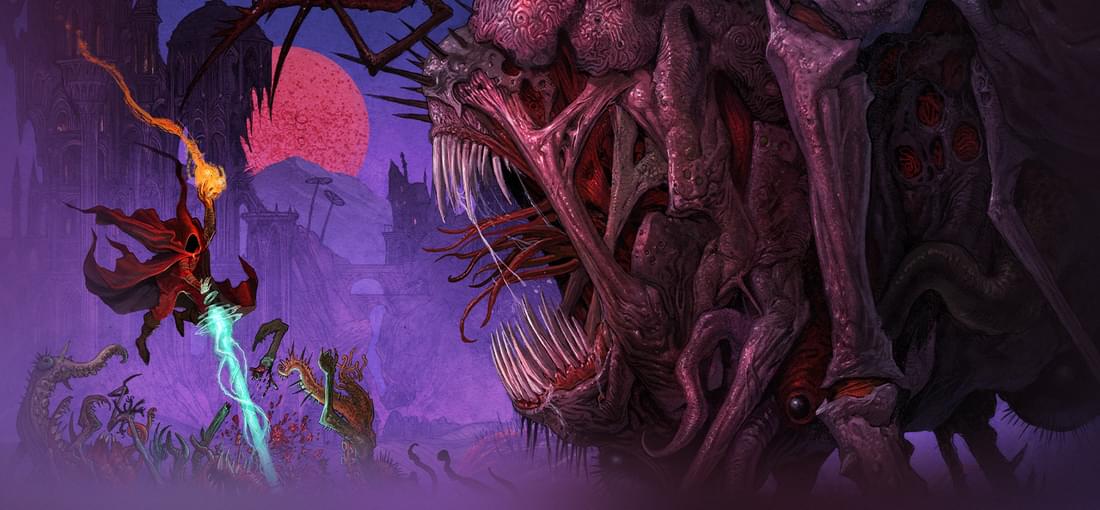
Everything is floaty: the floaty controls match the floaty monsters. You can't tell what the randomly-generated monsters do by looking at them, and he main character is squishy and there is no convenient way to recover health - so you'll end up kiting everything until it gets stuck on the scenery and can be picked off with the slow, short-ranged, weak projectile damage. This might have been "unique" and "creative" - but your build ends up being determined by what random items drop. Synergies between the main item and the jewel-slots are so rare that they won't occur at all in most runs. You might find a tier I item that boosts fire damage, but be forced to switch to a tier VII weapon that does magic damage. Even this would be okay if you could adapt your playstyle and still beat the first boss. But =most= of the weapons in the game are unsuitable for its combination of attack patterns. The armor varies wildly in quality and not enough of it drops relative to weapons for you to have any control. You can only equip 1 armor item which doubles as both damage mitigation and health, so there is no adjusting equipment and build toward each boss. Playthrough is linear - it's not really a Metroidvania. Nearly all power-ups are active, which personally I hate because I play these games on a wireless keyboard. And there are no hotkeys for equipment changes. Oh the art is fantastic - the best rendition of Lovecraft I've seen - but all of this is artificial difficulty. I think what they should change is to get rid of the Diablo-style loot system and instead let you craft gear to suit the build. I also think the progress should be like Salt and Sanctuary with the opportunity to journey to bosses and permanently defeat them. The journey to 1boss is like 2 hours and if you didn't find a good weapon and hood that time's a dead loss. The skilltree upgrades don't make you stronger for the next run (apart from the health jars).
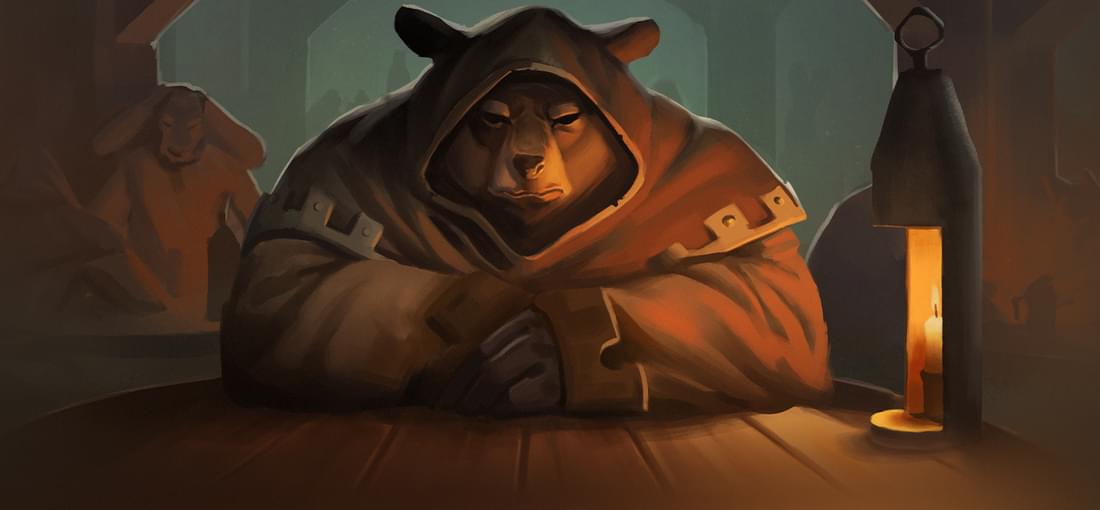
I don't mind RNG and grind in a card-battler, that's fine. The problem is this is someone who fancied having a go at designing a game without having the humility to learn how things are done, or the genius to pull it off right first time. For example if you switch weapon: (I) you can't switch back unless you are lucky enough to draw an encounter that opens the inventory screen -and- wish to use it on switching the weapon back. (II) you might not have enough Stamina to use the weapon at all in combat. (III) the cards from the old weapon remain in the deck unless (like for switching weapons) you draw an encounter. And if all that somehow comes right, the weapon only does anything when its card is drawn. tldr: generally the player isn't control of anything. You're more in control playing solitaire
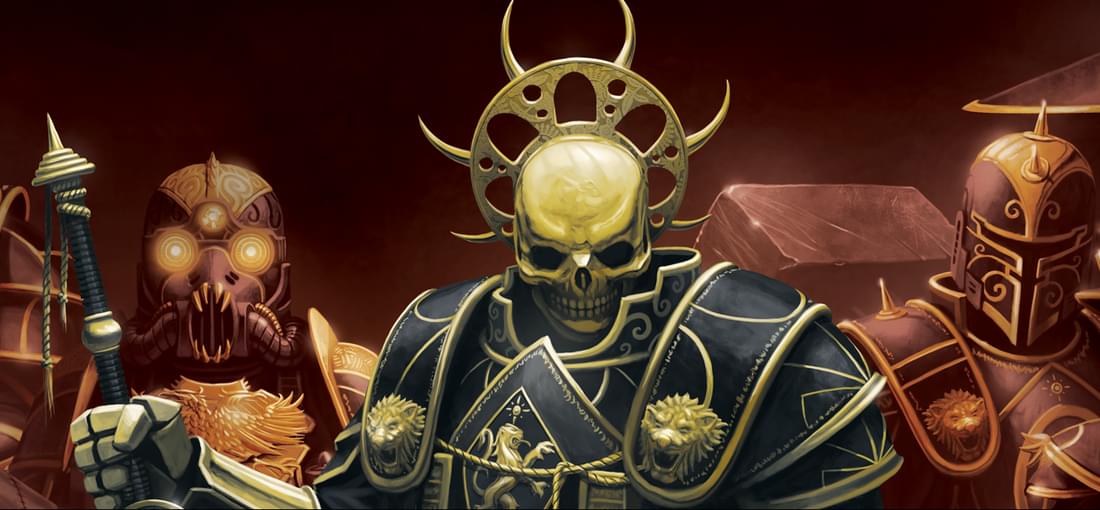
Even after many reviewers and critics have explained it this remains one of the most misunderstood games. The incomprehensibility and roughness-around-the-edges was deliberate, and as you approach the real ending it becomes clear that the writing isn't badly-translated or nonsense - it's actual, literary, cyberpunk. Everything is meta. By the second level, the layout of the level is quoting Ghost in the Shell - and thereafter nearly everything is drawn in from other films, literature, or games. It has both solid Player versus Environment and Player versus Player, but really this game is Player versus Culture. The story isn't the surface-level schtick about a cyberpunk assassin regaining his memory but pure postmodernism, asking: has Cyberpunk become a product? The early game is most enjoyable, when the character is not yet upgraded and must approach each punk gang with care and correctly selected weapons. This game has been surpassed by other titles for gunplay but it's extremely solid with nicely-implemented weapons. And also reasonably balanced for multiplayer if you can find a game or set up with friends over LAN. Once the character is fully upgraded, probably you won't be playing a first-person-shooter any longer, but by then be immersed in the spiritual nullification of waves of monotonous Doom-clones that have plagued the genre, and which are represented here within it. It becomes trance-like, with enemy waves recognized and precisely neutralized, via muscle-memory, whilst some meta-objective is achieved to shed more light on the game's real meaning. With a completionist approach, the real ending becomes a life-experience. It's set up as a revelation - perhaps similar to the ending of Holy Mountain - and not only does it pull it off, it's arguably more powerful since it's interactive.
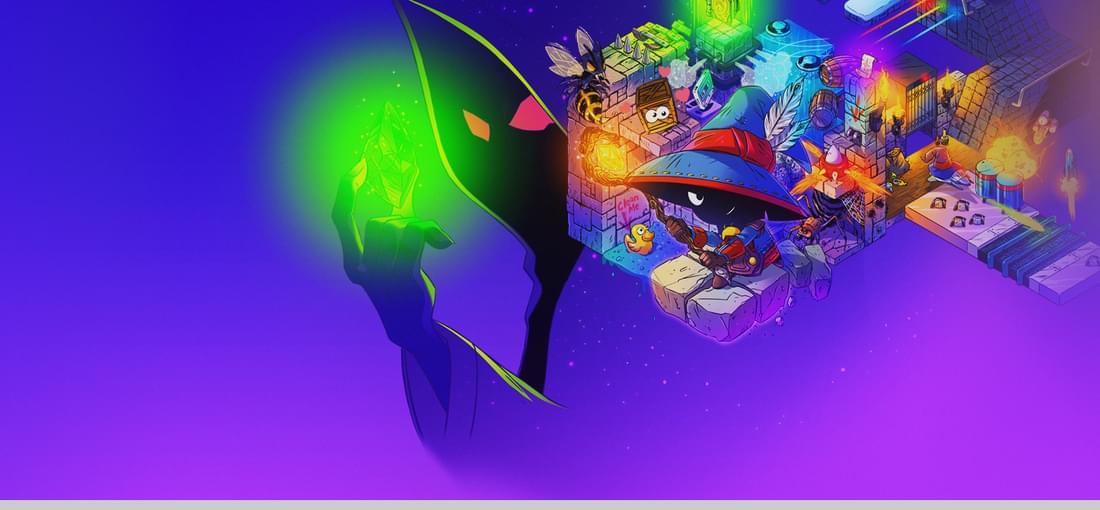
For games claiming to support Linux it's essential to let the player choose windowed mode from within the Settings menu. (Or failing that, within a config file). There shouldn't be the assumption that display 1 is next to display 0 or even in the same building, or that we can switch off or disable whichever display while we run a game. It may be the OS' fault - certainly multi-monitor on Linux is godawfully bad anyway before any game is brought into the mix, and it has been bad for the whole ~20 years that Ubuntu has existed. But the developers of a game must inherit this problem and work around it. And GOG should have it on the list of things to check before a Linux version is put up for sale.